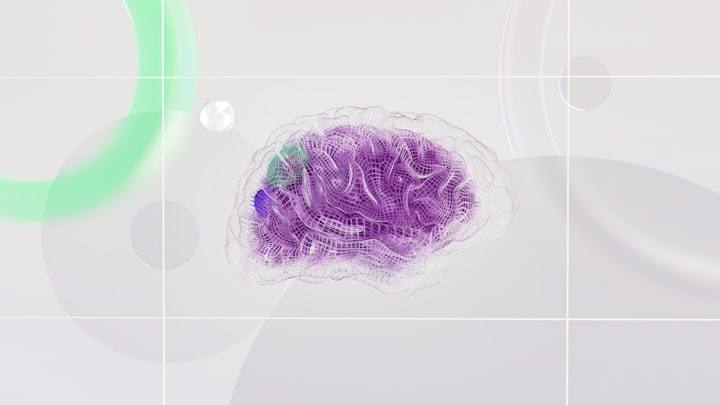VICTORIAN HIDDEN MOTHER PORTRAITS AND DEATH PHOTOGRAPHY
Victorians would haul out their dead, prop them up on stands, and take a picture worth a thousand words.

Many children’s portraits in the Victorian age contain their mother, camouflaged as chairs or hidden under ornate throws behind them.
Hidden mother photography is a type of photography common in the Victorian age in which they photographed children with their mother present but concealed in the photograph. It started from the need to keep children still while they took the photograph because of the long exposure times of early cameras.
Some hidden mother photographs show a hand just visible, an outline often covered in dark fabric. Photography was new, and shorter exposure times had not been advanced yet. Because children had to be motionless for extended periods in the photographer’s studio, mothers acted as the supports for the baby during the long exposure process.
For some subjects, supports were used to keep their bodies and heads still, but this wouldn’t work for babies. And, as we know, getting a baby to hold a pose for a short period of time on their own is almost impossible, let alone upwards of a minute. Having the mothers hold them also kept the children content, which is, how the mothers and fathers wanted them to look in the photos.
The results can seem odd to us today and it begs the question: why not just take a portrait of the mother and child together? A photographer’s fee would have been a hefty sum for many families back then, making it even more important to get a clear image. The photographs were expensive and having the mothers hold the children was like insurance against wasted money and blurry images. Many of the parents also wanted a portrait of the child on its own.
People also came up with creative ways to remember their dead. Post-Mortem Photography was done in preparation to have a printed photo of your dead family member to proudly display in the home. They would cut locks of hair and arrange and worn in ringlets, death masks were also created in wax, and images and symbols of death were shown in paintings.
Victorians would haul out their dead, prop them up on stands, and take a picture worth a thousand words. These props helped the corpses look alive. This would allow them to pose with their family members.
Since many children died young, a photo would have served as one of the few precious reminders of the child for the parents to keep if the child did not survive. Sadly, this motivated even more families to request a photo of their dead child.
The photos tell of a time when resources and health were inadequate, a time when science could bring the wonder of photography into the world, but could not save the lives of sick children or keep a healthy child from freezing on a cold winter night by a cold, drafty window. What’s even more spine-chilling is the fact that mothers sometimes also did this to hold up their dead children for final creepy pictures before being buried.
Sometimes the subject’s eyes would be propped open. Sometimes they painted the pupils onto the eyelids to give the effect they were alive. Victorian death photos may seem disturbing, but for people in the nineteenth-century, the photos gave comfort in times of grief.
Today it would be unusual, or even frowned upon, if we took a photograph of their body or face. However, post-mortem photography was once a common practice out of respect and love.
Victorian life was inundated with death. Epidemics such as typhus, diphtheria and cholera affected the country, and from 1861 the grieving Queen Victoria made mourning stylish. And invented extravagant grieving rituals to give meaning to their loved ones' lives.
About the Creator
Paul Asling
I share a special love for London, both new and old. I began writing fiction at 40, with most of my books and stories set in London.
MY WRITING WILL MAKE YOU LAUGH, CRY, AND HAVE YOU GRIPPED THROUGHOUT.
paulaslingauthor.com






Comments
There are no comments for this story
Be the first to respond and start the conversation.